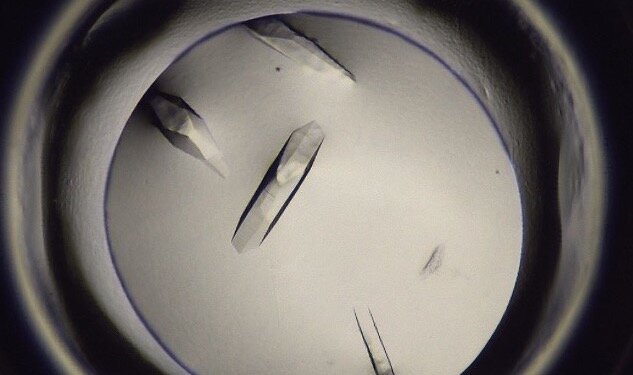
We study communication within the cell. Our primary goal is to understand how signals and molecules are transmitted between nucleus and cytoplasm across the nuclear envelope. We are deciphering the mechanism and structure of the cellular machinery that executes these cellular processes. Malfunctioning of nucleo-cytoplasmic communication leads to a wide range of prominent human diseases, including viral infections, neuromuscular diseases and many more. We use a diverse array of techniques, including structural, cell biological, and genetic methods, to support our quest for exciting and fundamental discoveries in biology.
Transport across the nuclear envelope
Unlike other membranes, the nuclear envelope has only one known transporter for molecular exchange – the Nuclear Pore Complex (NPC). About 2000 NPCs perforate the nuclear envelope in a human cell and the simple question we ask is: How is it structured and how does it fulfill its myriad functions? Over the past decade we have published many crystal structures of NPC fragments and subcomplexes, which are now being used to assemble the core scaffold of the ~50 MDa complex in combination with cryo-EM/ET images. We have established that the NPC is structurally and evolutionarily linked to vesicle coats, which helps in deciphering its mode of action. We are now entering a new phase, in which we will ask specific functional questions, based on the structural principles that we have helped to establish. These questions include transport of specific cargo classes, cell-specific variations of the NPC composition, viral transport, and emerging transport-unrelated topics.
Mechanical connection between nucleus and cytoskeleton
Mechanical linkers traversing the nuclear envelope are necessary to keep the nucleus in a specific location within the cell. A wide variety of genetic diseases are caused by mutations within proteins involved in establishing these bridges. We ask how these bridges are set up and how they are regulated. Using innovative biochemical methods we have established the structural basis for the LINC complex (Sosa et al., Cell 2012; Cruz et al., J Mol Biol 2020), the centerpiece of the mechanical tether. Current projects include the characterization, functionally and structurally, of all elements that contribute to connecting the cytoskeleton with the nucleoskeleton.
Torsin - Primary Dystonia
We are investigating TorsinA, an ER-resident AAA+ ATPase. A single glutamate deletion at position 303 of the protein is the main cause for the genetic, neuromuscular disease Primary Dystonia. The etiology of the disease is still largely enigmatic. Through structural analysis by crystallography and cryo-electron microscopy, we have discovered key principles of this unusual enzyme and are now engaged in further deciphering its function, and we are trying to find small molecules as potential drug candidates.


